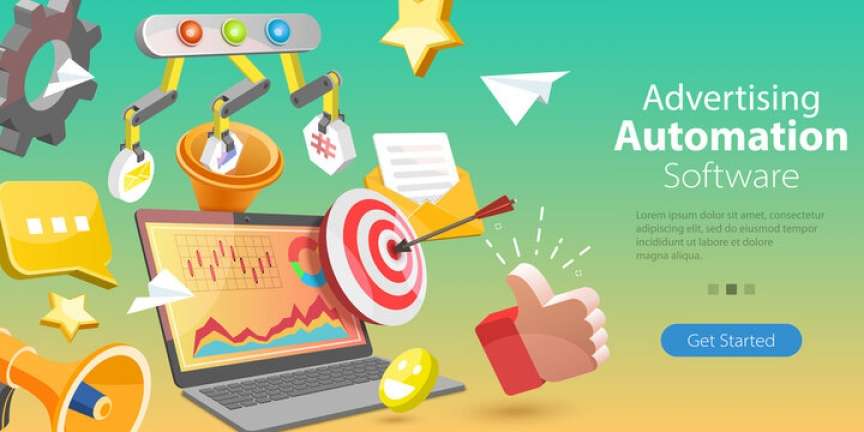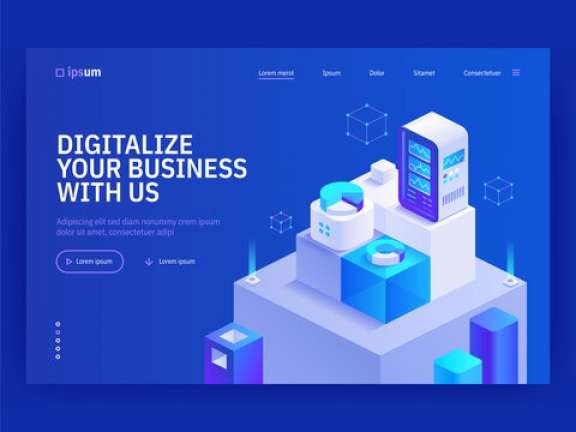The logistics market is a competitive one, and the only way to stay ahead is by strengthening the supply chain and adopting efficient processes. The right type of supply chain management technology will drive automation and give your company the much-needed business advantage.
As with other technologies, supply chain tech also keeps evolving, and the logistics industry transforms as more processes get automated.
Based on the findings from a recent survey, Gartner identified eight technology trends that will transform the digital supply chain in the coming years. Let’s discuss these trends.
1. AI and Machine Learning
Artificial intelligence combined with machine learning lets businesses take quick decisions. They get more proactive and are better adaptive to change. AI also helps in forecasting to let the company plan an affordable supply-chain operation. This can cut overhead costs.
Artificial intelligence can help with interactive data visualization and real-time reporting. If you have access to big data, artificial intelligence can help you mine it and show interesting patterns that can be helpful in decision-making and preparing future plans.
Predictive analytics can enhance the planning capabilities of the upper management. It can also detect customer buying trends and automate warehousing operations. Combining artificial intelligence, machine learning, robotic process programming, smart machines, etc. can facilitate task automation that earlier used human judgment.
2. Digital Supply Chain Twins
A digital supply chain twin is a simulation of a real supply chain. The twin uses real-time data to forecast the dynamics of a real supply chain. These forecasts are then used by analysts to understand the behavior of the supply chain and predict any possible exceptional conditions.
A supply chain twin can help the company understand the dynamics of its supply chain and discover bottlenecks. It also makes it easier to test any changes in supply chain design and development.
With a detailed digital supply chain twin working on live feeds, you can manage inventory optimization and forecast the testing operations coming up in the near future. You can also set up trigger points so custom actions can be taken automatically when a certain event occurs.
3. Augmented and Virtual Reality in the Supply Chain
According to a report by Statistica, supply chain leaders are shifting their focus to Augmented Reality (AR) and Virtual Reality (VR). AR/VR helps a digital supply chain in various ways from handling work remotely to generating industry forecasts.
With easily accessible data and the ability to join the office virtually, employees can keep working seamlessly, even from remote locations.
AR and VR have other important uses too. There are several risks involved with merchandise in transit. For example, there are always chances of theft, loss, tampering, etc. Placing AR markers on packages and containers can help the company monitor the merchandise between checkpoints. This reduces risks, ensuring that products arrive safely at their destination.
4. Edge Computing
Edges are the physical locations where things connect. In an edge ecosystem, the focus is on the original source of information. Data originates at edges such as machine sensors, devices, or operators. Edge technology helps in decision-making with the help of smart robots.
These intralogistics robots can be implemented more affordably and readily than humans. They are also scalable and can be managed in extreme conditions whenever demand arises. However, edge computing isn’t just about robotics. It combines edge data processing that is delivered through a network of smart machines, devices, human resources, and sensors. This helps management make reliable, informed, agile, and secure decisions.
5. Supply Chain Security
While any supply chain company needs physical security to ensure the merchandise reaches its destination safely, the cybersecurity risks cannot be ignored. Once a hacker illegitimately enters the company’s network, they can cause severe financial as well as reputational damage. In fact, the damage can be so serious that a medium-sized supply chain company could crumble.
According to a report by Verizon, several small and midsized businesses close down within a few months of a cyberattack. This makes security a mandatory technology concern for supply chain companies.
Today’s businesses need to leverage the right technology solutions to protect against cybersecurity threats. Companies like Argano can help you build a digital supply chain foundation that provides both the flexibility you need to grow your business and security you need to protect your sensitive data.
6. Environmental, Social, and Governance
Incorporating environmental, social, and governance (ESG) criteria in your supply chain helps you have environmentally friendly, ethically correct, and socially acceptable supply chain processes.
As globalization rises, labor outsourcing becomes common. Supply chains that operate globally need transparency and traceability of the supplier’s activity. This is why developing a sourcing/procurement strategy should be on the priority list of the company. Keeping in line with the ESG criteria also helps the company fulfill government regulations.
7. Embedded Intelligence
Embedding artificial intelligence into the company’s enterprise application will enhance its Natural or Branded software capabilities that help with real-time reporting and advanced analytics.
With embedded AI, you can build a digital supply chain twin, as discussed earlier. This helps with prompt decisions that are needed for resilient and agile operations.
As the potential of embedded AI in the supply chain is increasing, it is creating multiple revenue streams. However, keep in mind that AI is blind. It works on the data that is given to it. The more data it gets, the stronger it becomes.
8. Augmented Data Intelligence
When existing and new technologies are combined with real-time data from edge computing, it facilitates faster data processing and delivers insightful information with relevant predictions and suggestions.
By connecting data, you can get deeper insights into the trends that will help you get actionable information. Any information gap that you may have in your supply chain business can be bridged with augmented data intelligence.
A company can harness the power of augmented intelligence through seamless connectivity. Implementation of smart information exchange platforms will help the logistics process go on smoothly. It will also give you intelligent insights and increase operational efficiency through simulation.
Advantages of Incorporating New Technology in the Supply Chain
Since supply chain companies generally run on a big scale, they often lack the visibility to look at micro-level processes. The above-mentioned technology trends can help them monitor even the smallest processes and how they impact the company in the long run.
It’s best to use a holistic approach when using the latest technology for autonomous transport, data mining, and improving customer retention. With an all-inclusive approach, digital supply chain companies can enhance their growth and increase customer retention.















